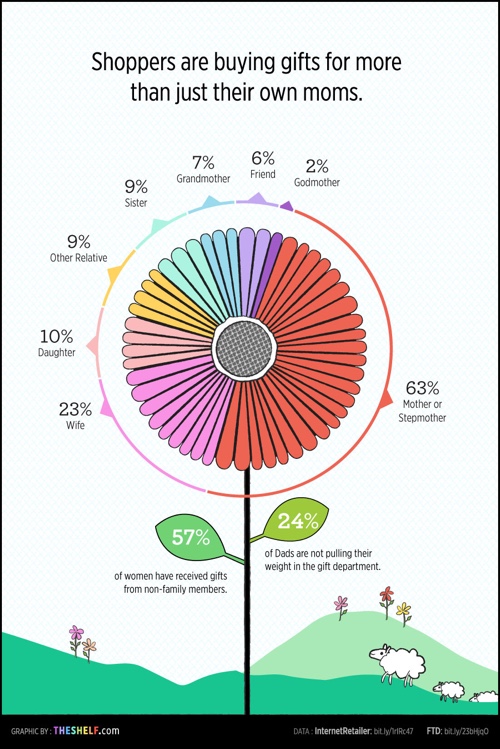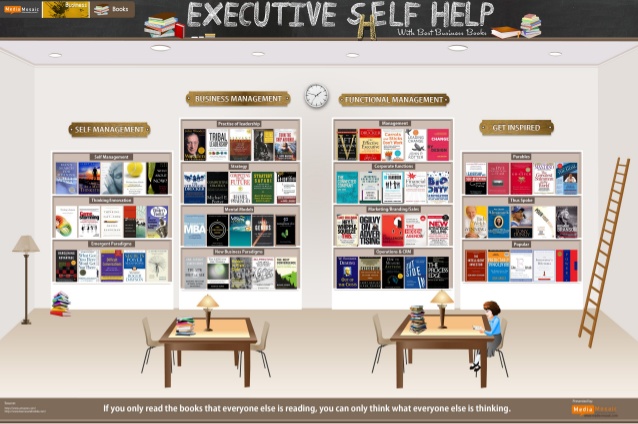What's Your Ideal Workplace?
Based on your own individual personality, the What's Your Ideal Workplace? infographic from Quill.com examines the best types of office environments to maximize your work performance.
Are you looking for a new position in a more fitting workplace? Or are you attempting to create an office setup that will maximize your employees’ skills? This infographic will help you match common work personality types with their ideal office spaces, from cubicles and open workspaces to co-working and work from home options.
Don’t know your work personality? Take the test.
Many companies are just beginning to realize that workplace design directly impacts employee performance, yet research shows that 3 in 4 U.S. workers are not in optimal workplace environments.
I love the connection to taking your own work personality test. This makes the infographic design personal and relevant to each individual reader. It's informative, but personal.
The illustration of each different workplace layout helps readers understand the differences almost instantly. It's a design with conceptual illustrations, but the statistics are also visualized, making them easier to understand as well. The personality color-coding is consistent throughout the design.
Great layout on the infographic landing page as well. Descriptive text with links, social sharing buttons, the full infographic and embed code at the bottom. The URL of the landing page is also included in the infographic image file itself, to make it easy to find the original, full-size version from sites that share but don't link. Everything needed to make it easy to find and easy to share.
Thanks to Cheryl for sharing the link!









 Randy
Randy












